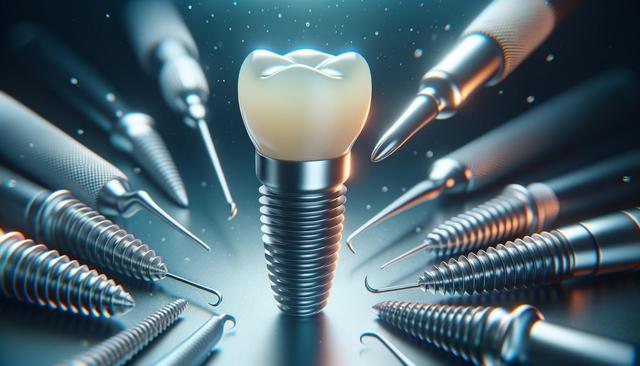Understanding the Causes of Back Pain
Before diving into treatments, it’s important to understand what causes back pain. In many cases, the discomfort stems from muscle strain, poor posture, or overuse. However, more complex issues such as herniated discs, spinal stenosis, or degenerative disc disease can also be contributing factors. Identifying the root cause helps guide appropriate and effective treatment strategies.
Back pain can be categorized as either acute or chronic. Acute pain typically lasts a few days to a few weeks and is often linked to a specific injury or incident. Chronic pain, on the other hand, persists for three months or longer and may require ongoing management. Recognizing the type of pain you’re experiencing is a key step in choosing the right treatment plan.
Common causes of back pain include:
- Improper lifting techniques
- Prolonged sitting or sedentary lifestyle
- Postural imbalances
- Underlying medical conditions
- Stress and tension
Understanding these triggers can help individuals take preventive steps and select more targeted treatment options.
Exercise and Physical Therapy
Physical activity is one of the most effective non-invasive ways to manage and reduce back pain. Regular exercise strengthens the muscles that support your spine, enhances flexibility, and improves overall posture. Physical therapy, in particular, offers structured routines tailored to individual needs and pain levels.
Therapists often incorporate exercises that target the core muscles, as these play a vital role in supporting the lower back. A typical program might include:
- Stretching routines for lower back and hamstrings
- Strength-building exercises such as pelvic tilts and bridges
- Low-impact aerobic activities like walking or swimming
It’s essential to perform these exercises with proper form and under professional guidance to prevent further strain. Consistency is key, and even moderate activity performed regularly can significantly alleviate symptoms over time.
Aside from exercises, physical therapists may use techniques such as ultrasound therapy, electrical stimulation, or manual manipulation to relieve pain and improve mobility. These interventions are particularly helpful for chronic conditions and post-injury recovery.
Mind-Body Approaches and Stress Management
Back pain isn’t always purely physical. Emotional stress and mental strain can contribute significantly to muscular tension and chronic discomfort. Mind-body practices aim to reduce stress-related tension and promote relaxation, which can ease pain and prevent flare-ups.
Some effective mind-body techniques include:
- Yoga and stretching routines tailored for back health
- Meditation and deep-breathing exercises
- Progressive muscle relaxation
- Cognitive behavioral therapy for chronic pain management
These practices not only help with physical symptoms but also improve mental well-being, which can enhance overall quality of life. Incorporating mindfulness into daily routines has shown positive outcomes in both pain reduction and emotional resilience.
Learning to manage stress through these techniques can be particularly beneficial for those whose back pain is aggravated by anxiety or poor sleep. Over time, these habits may contribute to a more balanced and pain-conscious lifestyle.
Ergonomic Adjustments and Lifestyle Changes
Many cases of back pain are related to everyday habits and environments. Making ergonomic improvements at work and home can go a long way in preventing and alleviating discomfort. For individuals who spend long hours at a desk, proper chair support and screen positioning are essential.
Simple lifestyle changes that can reduce strain on the back include:
- Using a chair with lumbar support
- Adjusting your workstation to reduce hunching or leaning
- Taking regular breaks to stretch and move
- Wearing supportive footwear
- Maintaining a healthy weight
Incorporating these changes doesn’t require drastic measures—small adjustments often have a significant impact. For example, using a standing desk or adding a footrest can improve your posture and reduce lower back stress throughout the day.
In addition, being mindful of lifting techniques, such as bending at the knees and not the waist, helps prevent injury. These practical strategies make everyday tasks safer and more comfortable.
When to Seek Professional Help
While many types of back pain can be managed at home, there are times when professional medical advice is necessary. If pain is severe, persists for more than a few weeks, or is accompanied by symptoms like numbness, tingling, or weakness in the legs, it’s important to consult a healthcare provider.
Medical professionals may recommend diagnostic tests such as X-rays, MRIs, or CT scans to better understand the cause of pain. Depending on the diagnosis, treatment options could include:
- Prescription medications for inflammation or nerve pain
- Injections such as corticosteroids
- Chiropractic care or osteopathic manipulation
- Surgical consultation for structural issues
Seeking professional help ensures that underlying conditions are properly addressed and that treatment is safe and effective. In many cases, a multidisciplinary approach that combines medical intervention with physical therapy and lifestyle changes yields the best results.
Being proactive about back pain by recognizing symptoms early and taking appropriate action can significantly improve outcomes and reduce the risk of long-term complications.




Leave a Reply